These are the 9 equations that changed the world, how many can you make sense of?
- Tram Ho
Mathematical equations have always been seen as a window into the world, they have practical meaning and help us see things we didn’t see before. Thus, new advances in mathematics are often accompanied by improvements in our understanding of the universe. Next, let’s take a look at 9 famous equations in history that completely changed the way people see things in the world.
Pythagorean theorem
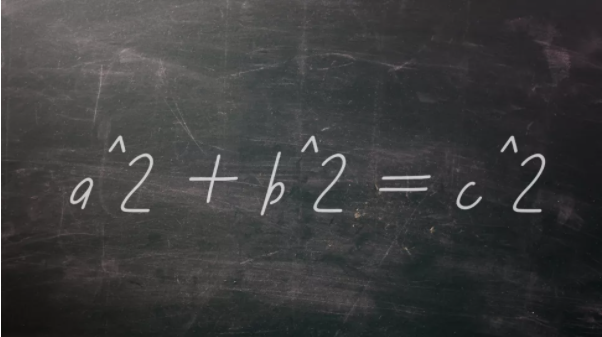
The first important trigonometric function that everyone learns in school is the relationship between the lengths of the sides of a right triangle. The sum of the squares of two sides of a right angle is equal to the square of the length of the hypotenuse. This theorem is usually written as: a^2 + b^2 = c^2 and it has existed for at least 3,700 years, since Babylonia.
The Pythagorean Theorem is one of the important mathematical theorems discovered and proven in the early days of mankind. Researchers at the University of St Andrews in Scotland believe that the ancient Greek mathematician Pythagoras wrote the form of equations for which the theorem is widely used today, and which the modern Western mathematical community also calls it. is “Python’s Theorem”.
In addition to its applications in architecture, navigation, cartography, and other important processes, the Pythagorean theorem helped expand the concept of numbers. In the 5th century BC, the mathematician Hippassos of Metapontum noticed that if the two sides of an isosceles right triangle have length 1, then the length of its base is the square root of 2, which is a incommensurable. According to a Cambridge University paper, Hippasos is said to have been thrown into the sea because people at the time felt too shocked and frightened by the so-called “irrational number”. At that time, the Pythagoreans believed that in the world there were only integers and fractions (rational numbers).
F = ma and the law of gravitation
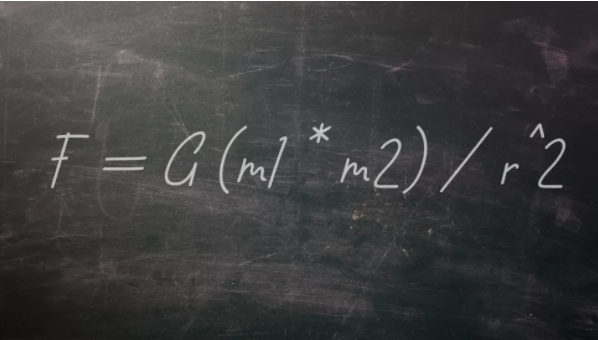
Isaac Newton is one of the most prominent figures in the history of British science and even mankind, he made many world-changing discoveries, including Newton’s second law of motion. This law is often written as F = ma. The extension of this law, combined with other empirical observations, allowed Newton in 1687 to describe what we now call the law of universal gravitation: F = G(m1 * m2) / r^2. For the record, Cavendish was the first to complete the experiment to measure the gravitational force between two objects in the laboratory, and to accurately obtain the gravitational constant and the mass of the Earth. Others then used the experimental results to derive the density of the Earth.
Newton’s second law is known as the soul of classical mechanics, it can govern the motion of various physical objects and phenomena, and its uses are also very wide. Many concepts from Newton’s laws of motion are also used to understand many complex physical systems, including the motion of the planets in the solar system and how rockets are used to move.
Wave equation
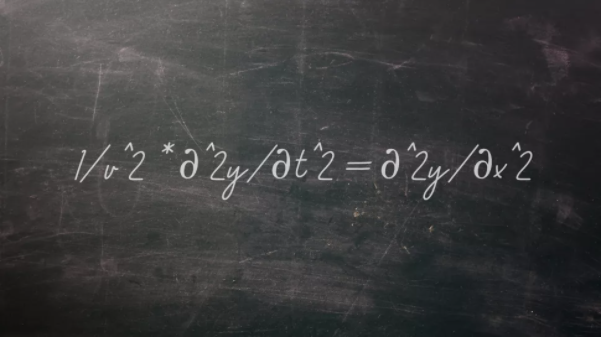
Using Newton’s laws of motion, 18th century scientists began to analyze everything around them. The French physicist, mathematician and astronomer Jean Leland d’Alembert deduced in 1743 developed an equation describing the phenomenon of vibrations of strings or waves. This equation can be written as:
1 / v ^ 2 * ^ 2y / t ^ 2 = ^ 2y / x ^ 2
In this equation, v is the speed of the wave, and the other parts describe the wave’s displacement in one direction. Using wave equations that extend to two or more dimensions, researchers can predict the motion of water, seismic waves, and sound waves. This equation is also the basis for the Schrödinger equation in quantum physics, which makes many modern computing devices possible.
Fourier’s Equation

Whether you’ve heard of the French mathematician and physicist Baron Jean-Baptiste Joseph Fourier, his work has certainly shaped your life. The mathematical equations he wrote in 1822 allowed researchers to break down complex, messy data into combinations of simple waves that were easier to analyze.
According to an article in the journal Yale Scientific, the basic idea of the Fourier transform was a radical concept when it was proposed, and many scientists refused to believe that complex systems could be simplified. chemical. However, the Fourier transform has many applications in many areas of modern science, including data processing, image analysis, optics, communications, astronomy, engineering, finance, cryptography coding, oceanography, and quantum mechanics. For example, in signal processing, a typical use of the Fourier transform is to decompose a signal into amplitude and frequency components.
Maxwell’s Equation
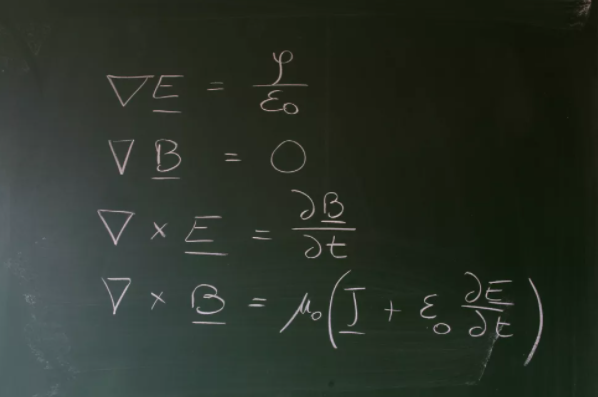
Electricity and magnetism were new concepts in the 19th century, when scholars were studying how to capture and exploit these strange physical phenomena. In 1864, Scottish mathematician and physicist James Clark Maxwell published a system of 20 equations describing how electric and magnetic fields work and how they relate to each other. This system of equations contributes greatly to our understanding of both phenomena.
Currently, Maxwell’s equations include four first order linear partial differential equations, that is, Gauss’s law, which describes how electric charges create electric fields, Gauss’s law of magnetism, which shows that there are no magnetic monopoles and Faraday’s law of induction, which explains how a time-varying magnetic field produces an electric field.
Equation E = mc ^ 2
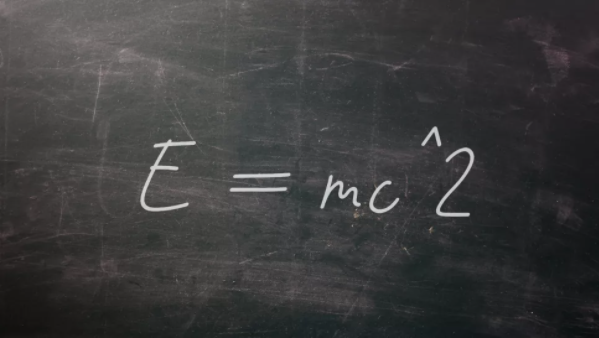
In 1905, Albert Einstein first proposed the concept of mass-energy equivalence, E = mc^2, as part of his groundbreaking special theory of relativity. E = mc^2 shows that matter and energy are two sides of the same thing, in the equation, E represents energy, m represents mass and c represents the constant speed of light.
Without E = mc^2, we would not be able to understand the existence of stars in the universe, nor how to build large Hadron colliders, giant particle accelerators, and even not insight into the nature of the subatomic world. Arguably, this equation has become one of the most famous equations in human history and has become a part of human culture.
Friedman’s Equation
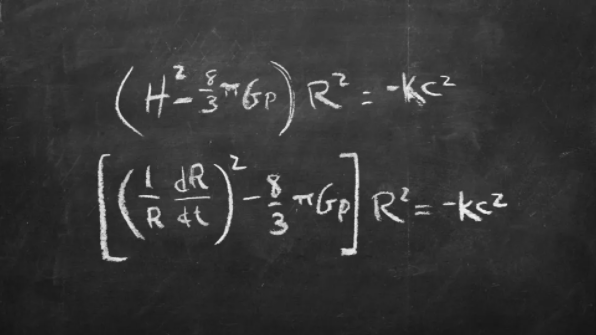
Defining the entire universe in terms of a set of equations may sound like an absurd idea, but it was the grand idea of Russian physicist Alexander Friedman in the 1920s. Einstein, Friedman showed that since the Big Bang, the properties of the expanding universe can be represented by two separate equations.
These two equations combine all the important parameters of the universe, including the curvature of the universe, how much matter and energy the universe contains, and the rate at which the universe is expanding, with constants. as important as the speed of light, gravity, and the Hubble constant. This is a model that describes a spatially homogeneous and isotropic expanding universe within the framework of general relativity.
The researchers believe that the cosmological constant, although small, may not be zero; and this constant can exist in the form of dark energy, which drives the accelerated expansion of the universe.
Shannon’s information equation
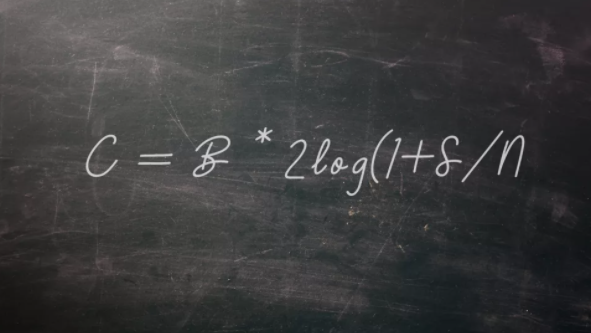
Most people are familiar with the 0s and 1s that make up binary numbers on computers. But this key concept would not have been possible without the pioneering work of American mathematician and engineer Claude Shannon.
In a paper in 1948, Shannon proposed an equation for the maximum efficiency of information transfer, usually written: C = B * 2log (1 + S/N). where C is the highest error-free data rate achievable by a particular communication channel, B is the channel bandwidth, S is the average signal power, and N is the average noise power (S/ N represents the signal-to-noise ratio of the system). The output of this equation is in bits per second (bps). In his 1948 paper, Shannon called bit an abbreviation for “binary digit” and attributed the concept to mathematician John W. Tukey.
The Robert May Equation, Chaos Theory
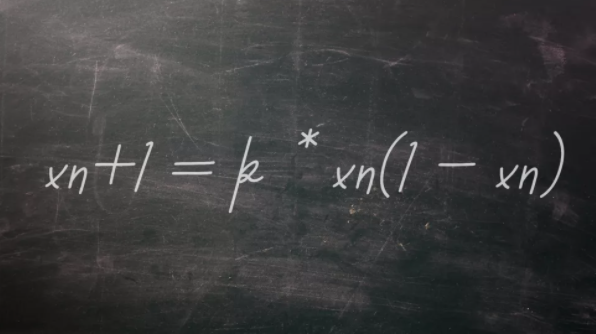
Very simple things can sometimes have complicated results beyond imagination. However, it was not until the middle of the 20th century that scientists fully understood the importance of this concept. At that time, the new field of chaos theory emerged, and researchers discovered that systems that always existed in part could produce random and unpredictable behavior. In 1976, Australian physicist, mathematician and ecologist Robert May published a paper titled “Simple mathematical models with very complex dynamics” in the journal Nature. In which, the equation xn + 1 = k * xn (1 – xn) is proposed, describing the time-varying process of a quantity. This is a classic example of chaotic phenomena arising from simple nonlinear equations.
The Robert May equation was then used to explain population dynamics in the ecosystem and to program the computer to generate random numbers.
Source : Genk
